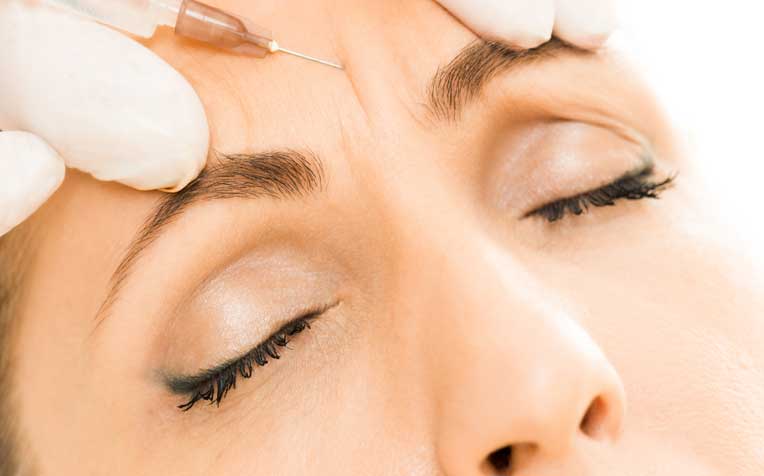
Botox treatment may be able to manage chronic migraine when medications do not work.
Botox injections may be able to play a part in managing migraine.
Could aestheticians’ solution for smooth foreheads also be the key to solving pounding headaches?
Doctors in Singapore have been using Botulinum toxin since 2002. Injections were initially used as part of a clinical trial, and subsequently for the management of migraine patients who have failed to benefit from medications. In 2010, the U.S. FDA approved the use of Botulinum toxin for the management of chronic migraine.
HealthXchange went to Associate Professor Louis Tan, Senior Consultant, Department of Neurology, National Neuroscience Institute (NNI), a member of the SingHealth group, to find out more about the role of Botulinum toxin in migraine management.
What is Botox?
A/Prof Louis Tan: Botox is one of the brand names (another is Dysport) used to refer to Botulinum toxin. Produced by the bacterium Clostridium , Botulinum toxin paralyses the muscles in which it is injected. It acts by blocking nerve impulses.
How does Botox treatment for migraines work?
Multiple injections are given approximately every 12 weeks around the head and neck to suppress future headache symptoms.
While this treatment does not work for everyone, those who find it beneficial come back regularly for injections every three or four months.
It typically takes three to five days for the injections to work. This lack of immediacy means it cannot be used for acute migraine attacks.
While medical science still doesn’t fully understand how Botulinum toxin works, we know it relaxes the muscles in which it is injected. It is also believed to impact certain central mechanisms which alter the patient’s perception of pain.
Does it work for all kinds of migraines?
No. Botulinum toxin injections can be recommended to patients who do not respond well to oral medications, which are taken either when the pain occurs, or daily to prevent and reduce occurrences.
Botulinum toxin injections become a treatment option when patients have tried both groups of medications (pain relief and daily prevention) and their headaches are still persistent and severe enough to interfere with their daily life.
What are the side effects of the injections?
Botulinum injections are usually a safe procedure with few side effects at the doses we use. However, there is a slight risk of pain and bruising at the injection site.
If an excessive amount of the toxin is given, it can cause weakening in the muscles it has been injected into, or in the surrounding muscles.
Does it work all the time?
Results vary between patients. A full evaluation by a physician or neurologist should be performed before Botulinum toxin treatment is considered.
In the clinical trials that lead to the FDA approval, patients were given up to five courses of Botulinum toxin injections every 12 weeks. A year later, 70 per cent of the patients reported a 50 per cent reduction in the frequency of their migraines as compared to that before the trial.
Ref: U11
Contributed by















 Get it on Google Play
Get it on Google Play